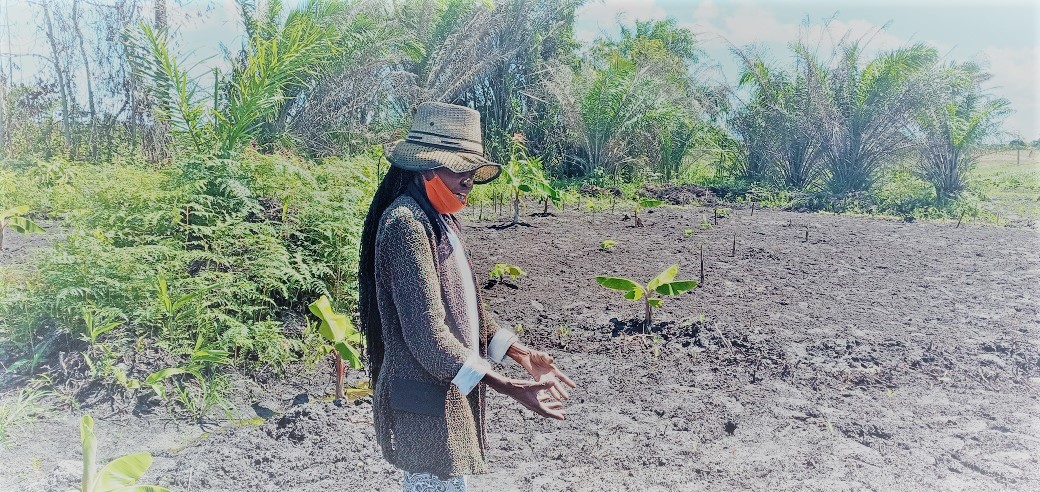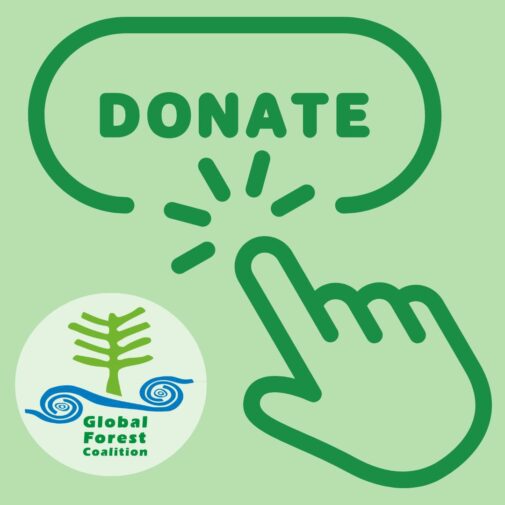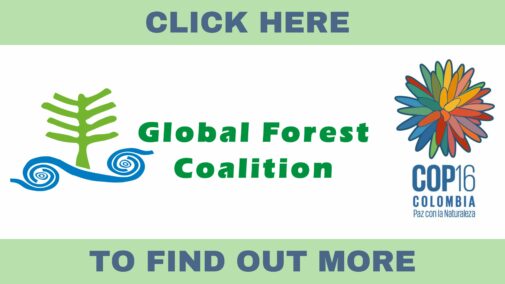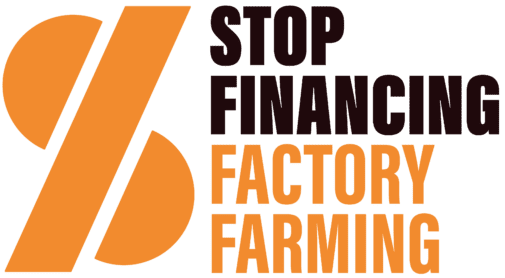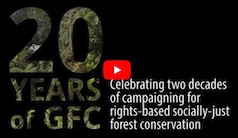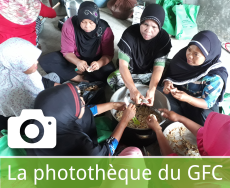Biodiversity offsets in Paraguay
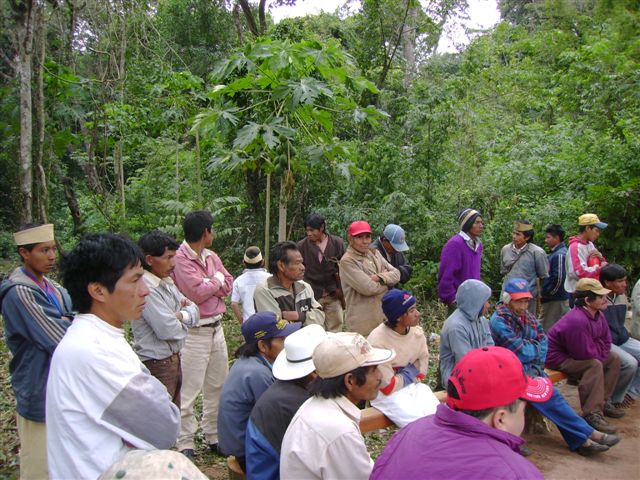 Case study: Biodiversity Offsets in Paraguay
Case study: Biodiversity Offsets in Paraguay
Resources
Biodiversity offsets are one of a range of market-based approaches to financing ‘Payment for Environmental Services’ schemes and so-called conservation easements (policies which restrict land use in various ways, to promote conservation).
Conservation easements do not have to be market-based. They include policies such as the European Union’s Common Agricultural Policy (CAP), which provides a subsidy to farmers who set aside land from production to allow nature to recover; and similar financial incentives given to landholders to set aside land for conservation purposes, which are provided by large conservation organizations in the USA.
However, these same organizations are now experimenting with setting up a market for conservation easements in developing countries like Paraguay, combining them with the new interest in the so-called ‘biodiversity offset’ market. Biodiversity offsets also have their roots in the US, where there is a relatively developed market for wetland conservation projects that – in theory – compensate for wetland destruction in other areas.
In Paraguay, for example, landholders like large-scale soy producers are legally obliged to offset 25% of their land for conservation purposes. Conservation organizations are now actively proposing to turn these conservation easements into tradable assets, so that larger pieces of land can be acquired and legally listed (or ‘gazetted’) as protected areas.
Biodiversity offsets are contributing to the growing ‘land grab’. They create incentives for governments to allow the privatization of vast tracts of land. This process is also throwing land reform programs into reverse.
Please refer to Life as Commerce: how market-based conservation impact on community governance for summary case study, or the full report on Biodiversity Offsets in Paraguay.

